Euonymus Japonicus: The Easytogrow Shrub That Will Add Color To Your Landscape
Euonymus japonicus, also known as Japanese spindle, is a popular evergreen shrub that is known for its colorful leaves and versatile growth habit. It is a relatively easy plant to grow and can be used in a variety of landscape settings, including as a hedge, border, or specimen plant.
Origin and Description
Euonymus japonicus is native to Japan, Korea, and China. It is a deciduous shrub or small tree that can grow up to 20 feet tall in its native range. However, it is typically much smaller in cultivation, reaching heights of 6 to 8 feet. The leaves are opposite, oval-shaped, and 2 to 4 inches long. They are dark green in color with a glossy finish. In the fall, the leaves turn a variety of colors, including red, orange, yellow, and purple.
Flowers and Fruit
Euonymus japonicus produces small, greenish-white flowers in the spring. The flowers are not particularly showy, but they are followed by colorful fruits. The fruits are capsules that split open to reveal bright red seeds. The seeds are poisonous to humans and animals, so it is important to keep them out of reach of children and pets.
Growing Conditions
Euonymus japonicus is a relatively easy plant to grow. It prefers full sun to partial shade and well-drained soil. It is tolerant of a wide range of soil pH levels and can withstand drought and heat. Euonymus japonicus is also relatively resistant to pests and diseases.
Uses
Euonymus japonicus is a versatile plant that can be used in a variety of landscape settings. It is a popular choice for hedges and borders because it is dense and grows quickly. It can also be used as a specimen plant or in mass plantings. Euonymus japonicus is a good choice for both formal and informal gardens.
Pests and Diseases
Euonymus japonicus is relatively resistant to pests and diseases. However, it can be susceptible to euonymus scale, powdery mildew, and leaf spot. If you notice any problems with your euonymus plant, it is important to treat them promptly.
Propagation
Euonymus japonicus can be propagated by seed, cuttings, or air layering. Seed propagation is the most common method, but it can be slow and unpredictable. Cuttings and air layering are more reliable methods of propagation.
Conclusion
Euonymus japonicus is an attractive and easy-to-grow shrub that can add color and interest to any landscape. It is a versatile plant that can be used in a variety of settings. If you are looking for a low-maintenance shrub that will add beauty to your garden, Euonymus japonicus is a great choice.
Euonymus japonicus, also known as Japanese spindle, is a popular evergreen shrub or small tree that is native to Japan, Korea, and China. It is known for its glossy green leaves, which can be variegated with yellow or white, and its colorful fall fruits. Japanese spindle is a versatile plant that can be used in a variety of landscape settings, including hedges, borders, and foundation plantings. It is also a good choice for container gardening.
To learn more about euonymus japonicus, please visit Home Gardening. This website provides detailed information about the plant's care, cultivation, and uses. You can also find photos of different cultivars of Japanese spindle, as well as tips on how to select the right plant for your needs.
FAQ of euonymus japonicus
- What are the most common types of Euonymus japonicus?
- There are many different cultivars of Euonymus japonicus, but some of the most common types include:
- E. japonicus 'Ovatus Aureus' (golden euonymus): This cultivar has bright yellow leaves that turn orange in the fall.
- E. japonicus 'Compactus' (dwarf euonymus): This cultivar grows to a height of only 2-3 feet.
- E. japonicus 'Emerald Gaiety' (variegated euonymus): This cultivar has green leaves with white and yellow margins.
- There are many different cultivars of Euonymus japonicus, but some of the most common types include:
- What are the best conditions for growing Euonymus japonicus?
- Euonymus japonicus is a relatively easy plant to grow, but it does best in moist, well-drained soil that is rich in organic matter. It prefers partial shade, but can tolerate full sun in cooler climates.
- How much water does Euonymus japonicus need?
- Euonymus japonicus needs regular watering, especially during the first year after planting. Once established, it can tolerate some drought, but it will do best with about an inch of water per week during the summer months.
- How often should I fertilize Euonymus japonicus?
- Euonymus japonicus should be fertilized once a year in the spring with a balanced fertilizer. A slow-release fertilizer is ideal, as it will provide nutrients over a longer period of time.
- How do I prune Euonymus japonicus?
- Euonymus japonicus can be pruned in the spring or fall. Light pruning can be done to remove dead or damaged branches. More severe pruning can be done to shape the plant or control its size.
- Is Euonymus japonicus invasive?
- Some cultivars of Euonymus japonicus can be invasive in certain areas. It is important to check with your local nursery or garden center to see if the cultivar you are interested in is known to be invasive in your area.
- How long does Euonymus japonicus take to grow?
- The growth rate of Euonymus japonicus will vary depending on the cultivar and the growing conditions. In general, it can take 2-3 years for a young Euonymus japonicus plant to reach a mature size.
Image of euonymus japonicus
- Euonymus japonicus leaves. This image shows a close-up of the leaves of Euonymus japonicus. The leaves are glossy green with a pale yellow edge.

- Euonymus japonicus shrub. This image shows a full-grown Euonymus japonicus shrub. The shrub is about 6 feet tall and has a spreading form. The leaves are a deep green color.
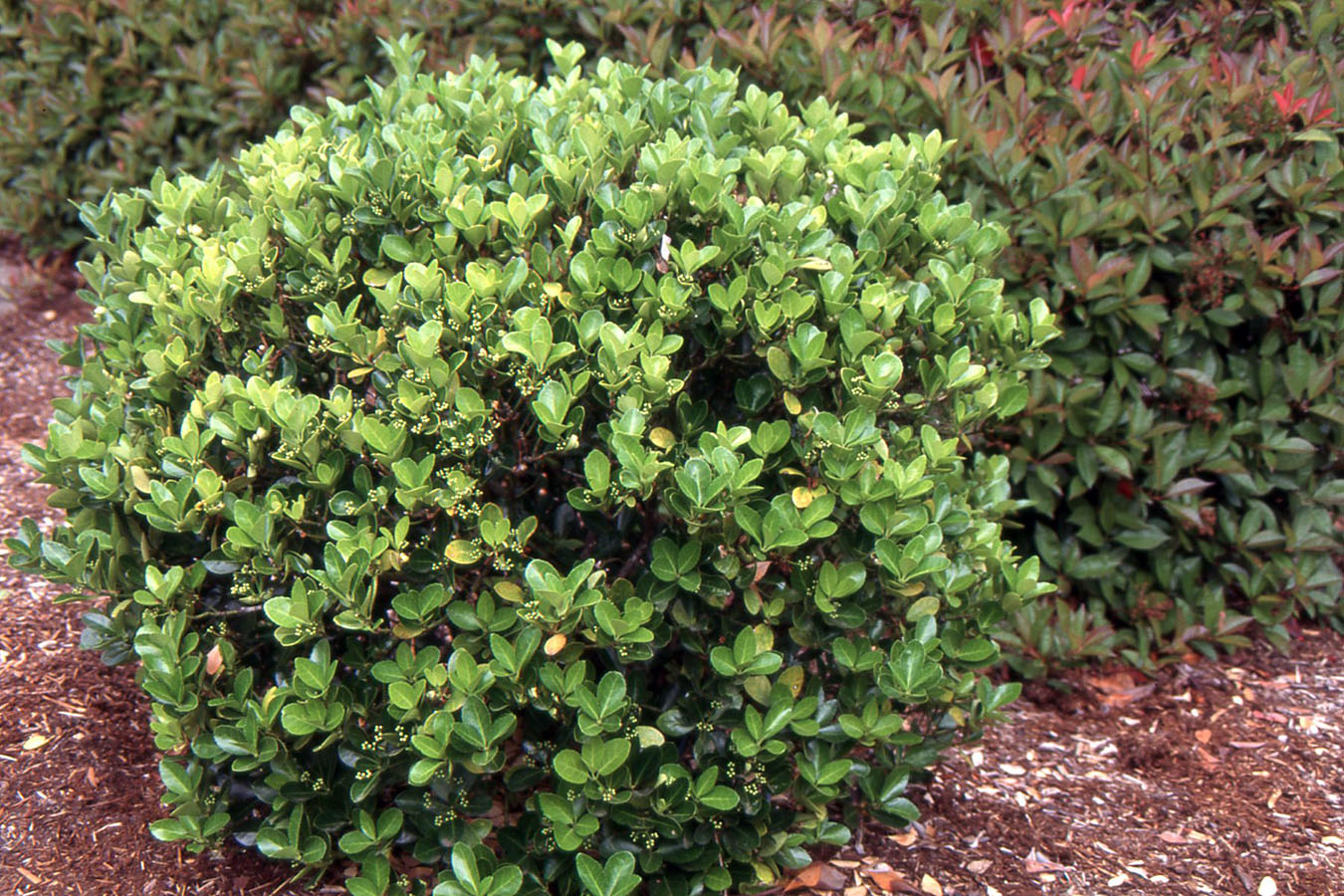
- Euonymus japonicus in flower. This image shows Euonymus japonicus in flower. The flowers are small and white, and they are clustered together in small groups.

- Euonymus japonicus berries. This image shows the berries of Euonymus japonicus. The berries are bright red and they are clustered together in small groups.
- Euonymus japonicus in a pot. This image shows a Euonymus japonicus shrub growing in a pot. The shrub is about 3 feet tall and it has a compact form. The leaves are a dark green color.
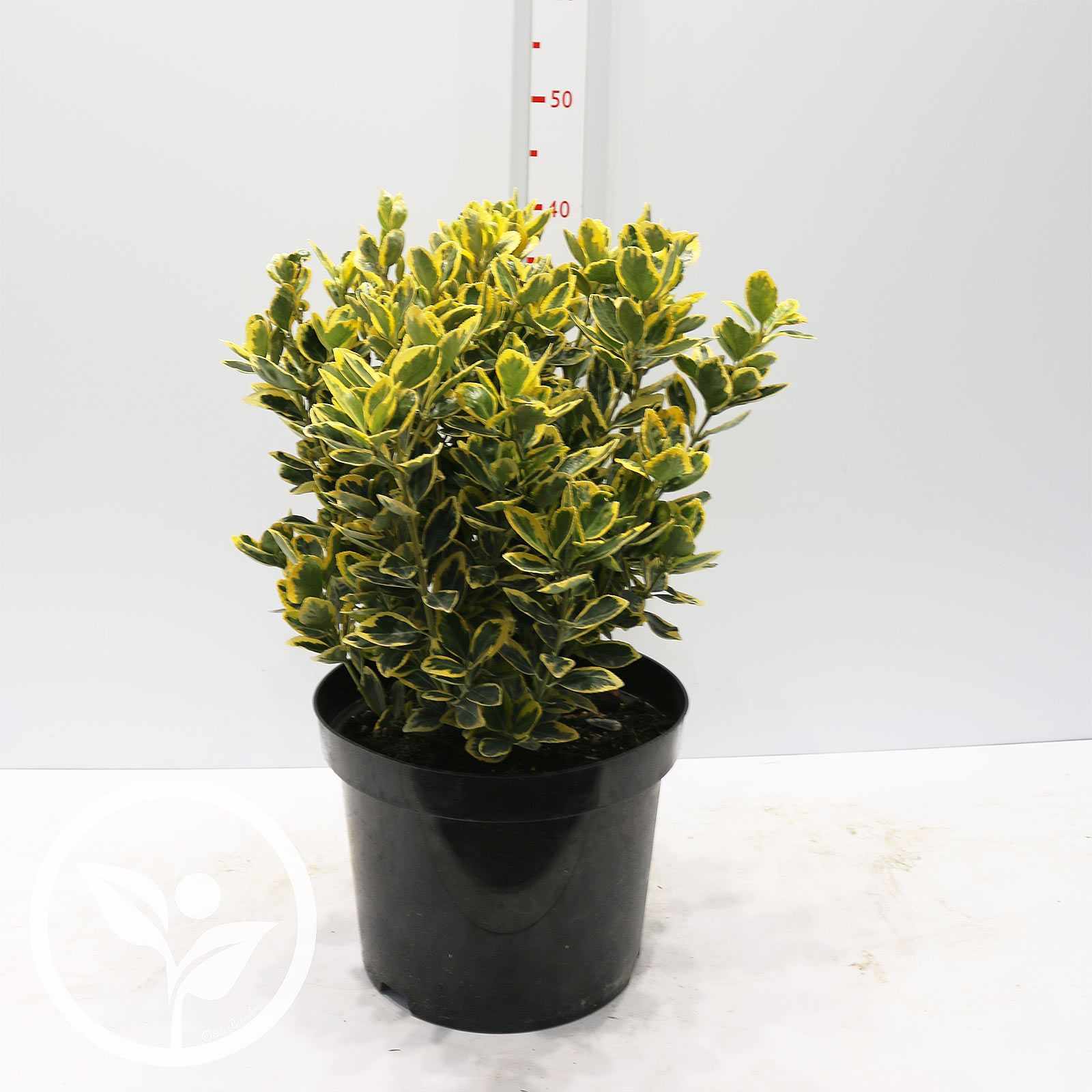
- Euonymus japonicus variegated. This image shows a variegated variety of Euonymus japonicus. The leaves of this variety are green with a white edge.
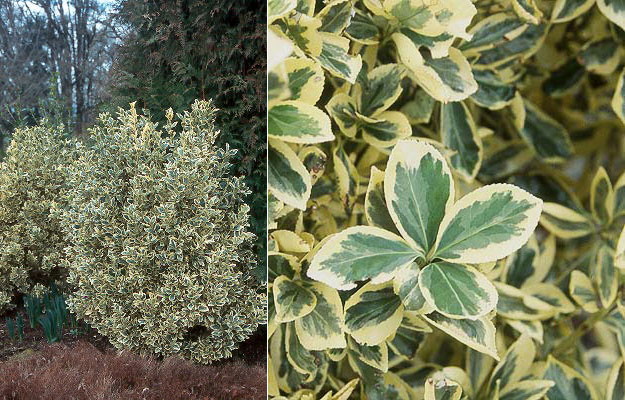
- Euonymus japonicus golden gate. This image shows a variety of Euonymus japonicus called 'Golden Gate'. The leaves of this variety are yellow with a green edge.

- Euonymus japonicus emerald gaiety. This image shows a variety of Euonymus japonicus called 'Emerald Gaiety'. The leaves of this variety are green with a yellow edge.
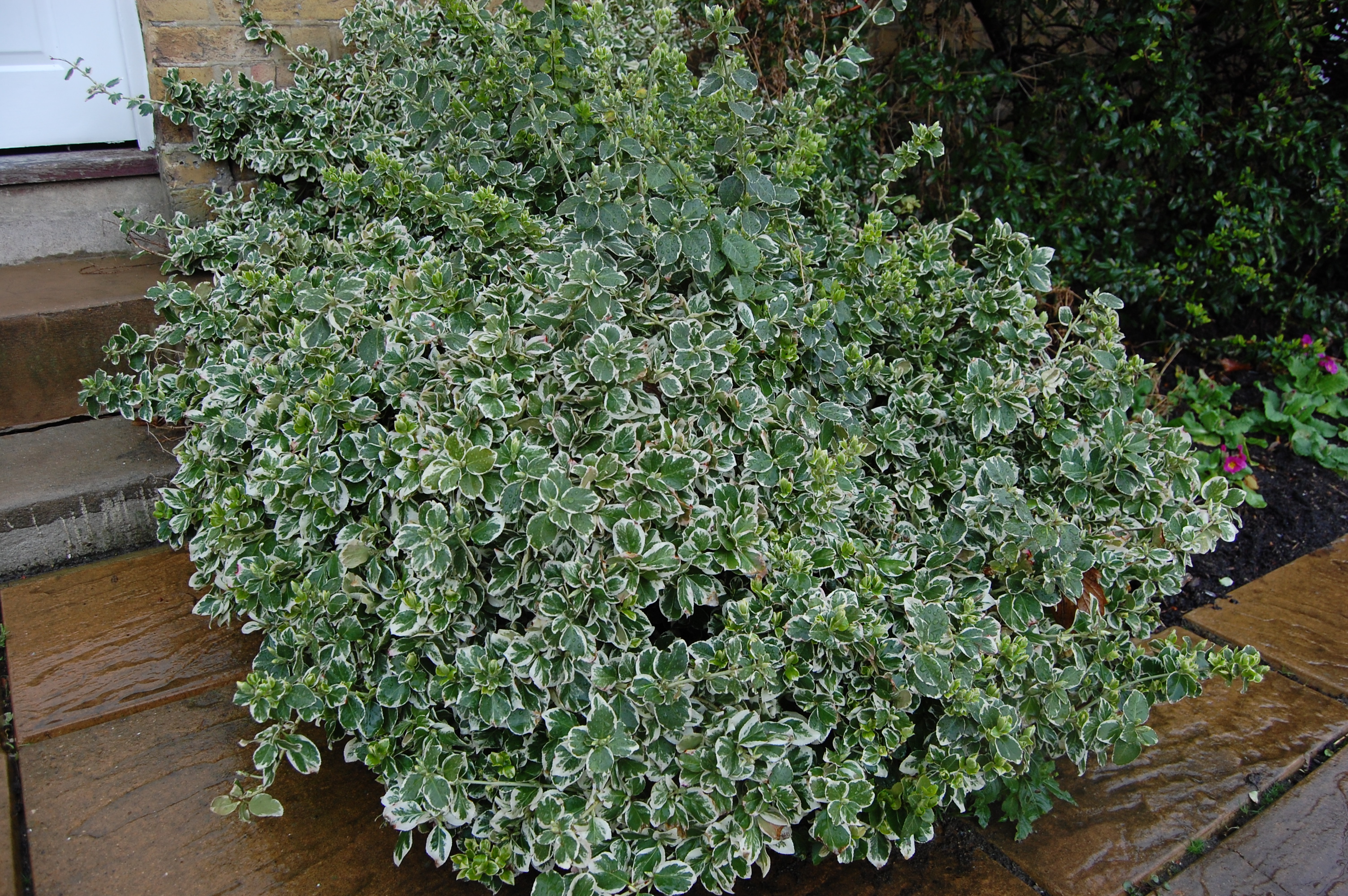
- Euonymus japonicus purple fountain. This image shows a variety of Euonymus japonicus called 'Purple Fountain'. The leaves of this variety are dark purple with a green edge.

- Euonymus japonicus silver queen. This image shows a variety of Euonymus japonicus called 'Silver Queen'. The leaves of this variety are green with a silver variegation.
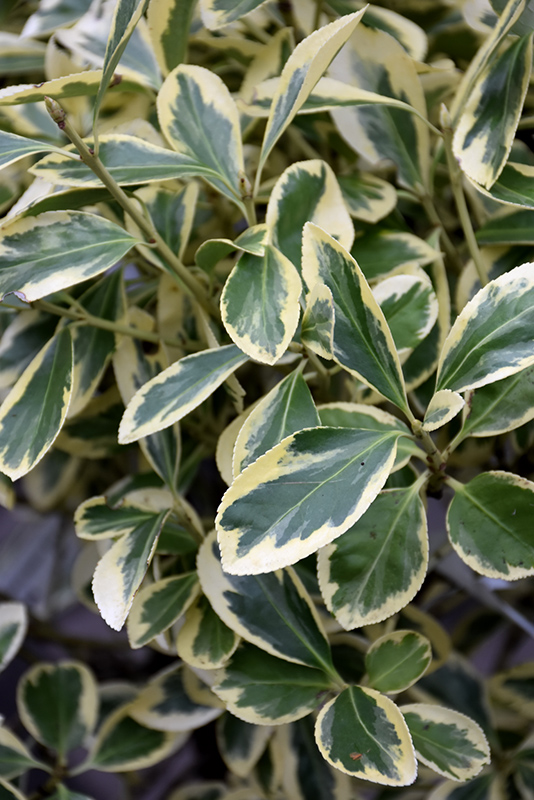
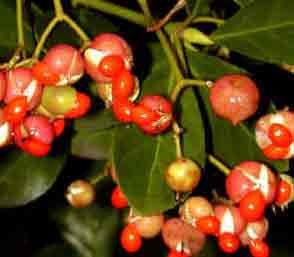
Post a Comment for "Euonymus Japonicus: The Easytogrow Shrub That Will Add Color To Your Landscape"